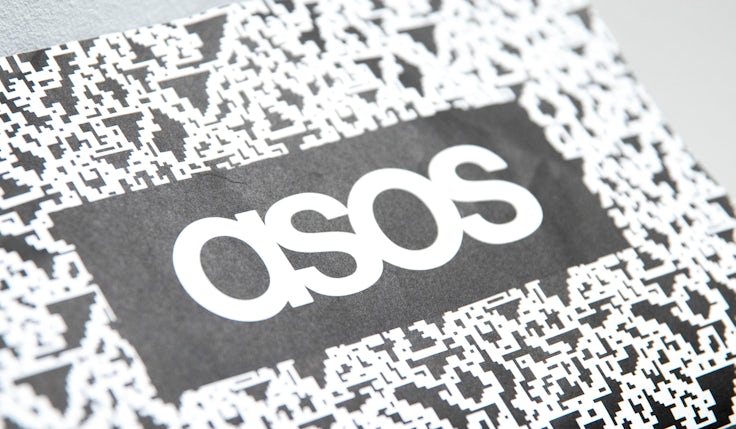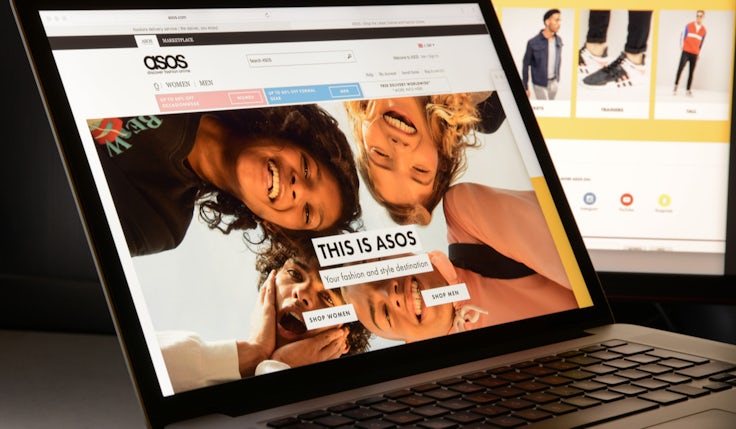Asos’s sales down as drag from promotional marketing continues
The online retailer says it has progressed towards its strategic goals but remains exposed to overreliance on promotion and returns.
 Asos has reported a 15% drop in sales during the three months to 3 September despite saying it has made “progress” towards solving some endemic issues that have been dragging its results down.
Asos has reported a 15% drop in sales during the three months to 3 September despite saying it has made “progress” towards solving some endemic issues that have been dragging its results down.
CEO José Antonio Ramos Calamonte claims Asos has succeeded in reducing inventory as part of a long-term plan to shift focus from high-cost customers.
Inventory is reportedly down by around 30% year on year and order profitability is up by more than 35% it says, as a result of “targeted action to manage our least profitable customers”.
Asos has previously stated its ambition is to “optimise” marketing spend to increase customer spend, as well as highlighting where it sees opportunities to take a greater share of wallet. As part of this strategy it has committed to a reduction in promotion-based marketing. The company says this includes “reduced marketing contact and restrictions on ‘buy now, pay later’ solutions at checkout”, which it claims has had a “positive impact” on its return rate.
Adjusted gross margin was up by around 150 basis points in the second half, below previous guidance of 200 basis points, driven primarily by costs. However, that was partially offset by tactical investment in promotional activity to prioritise stock reduction in a challenging trading environment, it said.
Asos also states that in line with its aim of focusing on consumers it perceives as being higher-value, it has launched personalised marketing to improve the profitability of the overall customer base.
Asos insists its move away from promotions is paying off, despite heavy losses
Notably, in its half-year results shared in May, the company admitted that a reduction in promotion-based marketing and an 8% year-on-year decline in overall marketing spend was expected to adversely impact sales and customer numbers. That was borne out in the latest results, in which active customer numbers currently stand at 23.3 million, down around 9% year on year.
Despite that, the latest results show the company has continued to rely on promotional marketing in the short term, stating it had engaged in “tactical investment in promotional activity to prioritise stock reduction in a challenging trading environment”.
Calamonte says: “Our new commercial model improves our profitability, requiring lower investment into discounting as well as potentially increasing basket value and customer lifetime value once fully operational.
“We have already seen these benefits on a small scale through our Test & React trials [own label clothing line turned around on a short timescale] with no promotional investment needed to sell through c.60% of each product launch in seven days across c.500 options produced to date, more than offsetting the higher cost of goods for product created under this model.”
In line with other clothing retailers, Asos is also facing the challenge of reducing its returns rate. To that end, Asos has begun introducing charges for returns made after 14 days though still within the 28-day returns window in a number of its “non-core markets” to ameliorate the issue.
As a result of the 15% drop in sales over its latest quarter, Asos says its earnings before interest and tax will sit close to the bottom end of the £40-£60m projected range for the full year. Despite that Calamonte says: “We are laying the right foundations for sustainably profitable and cash generative growth.”







